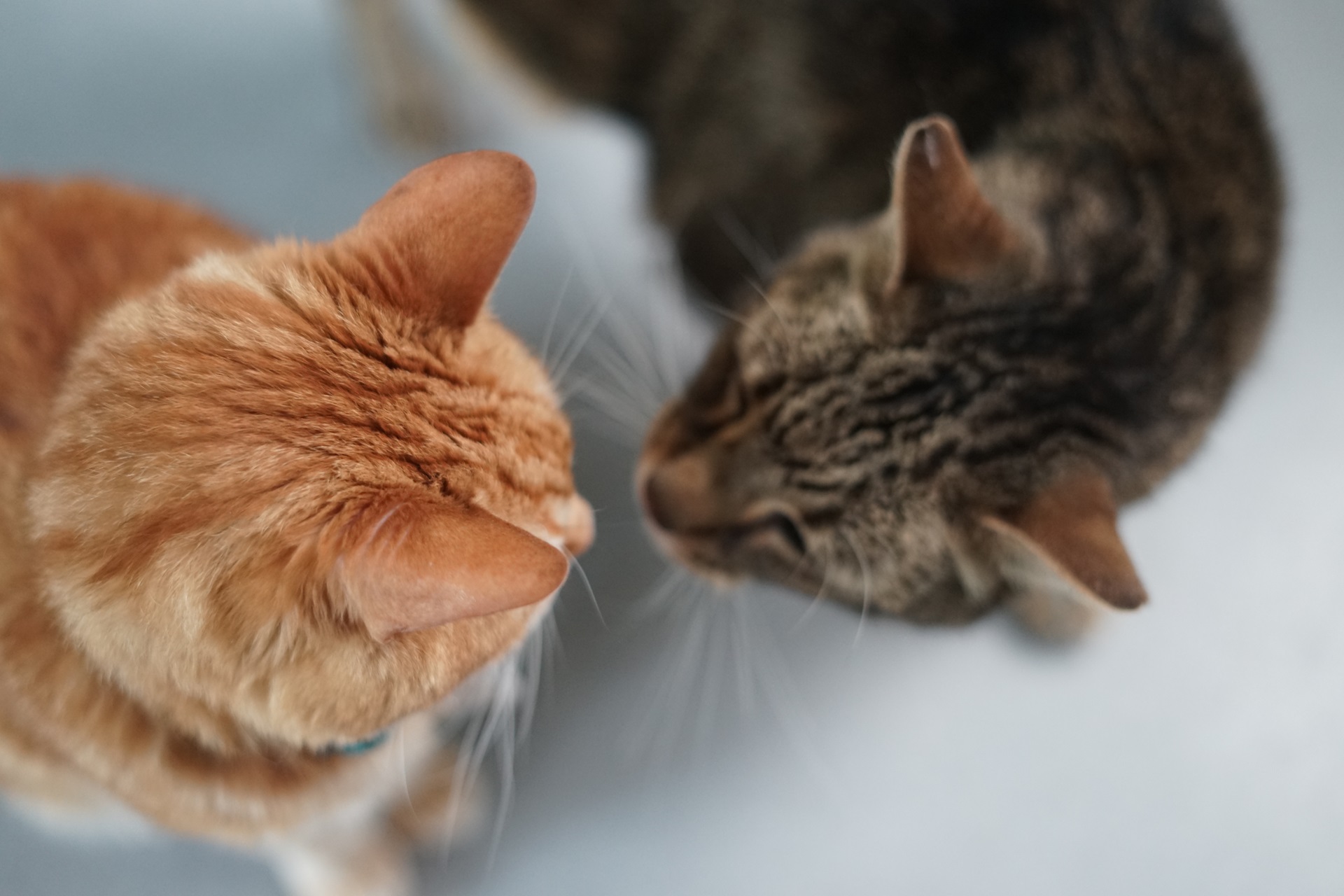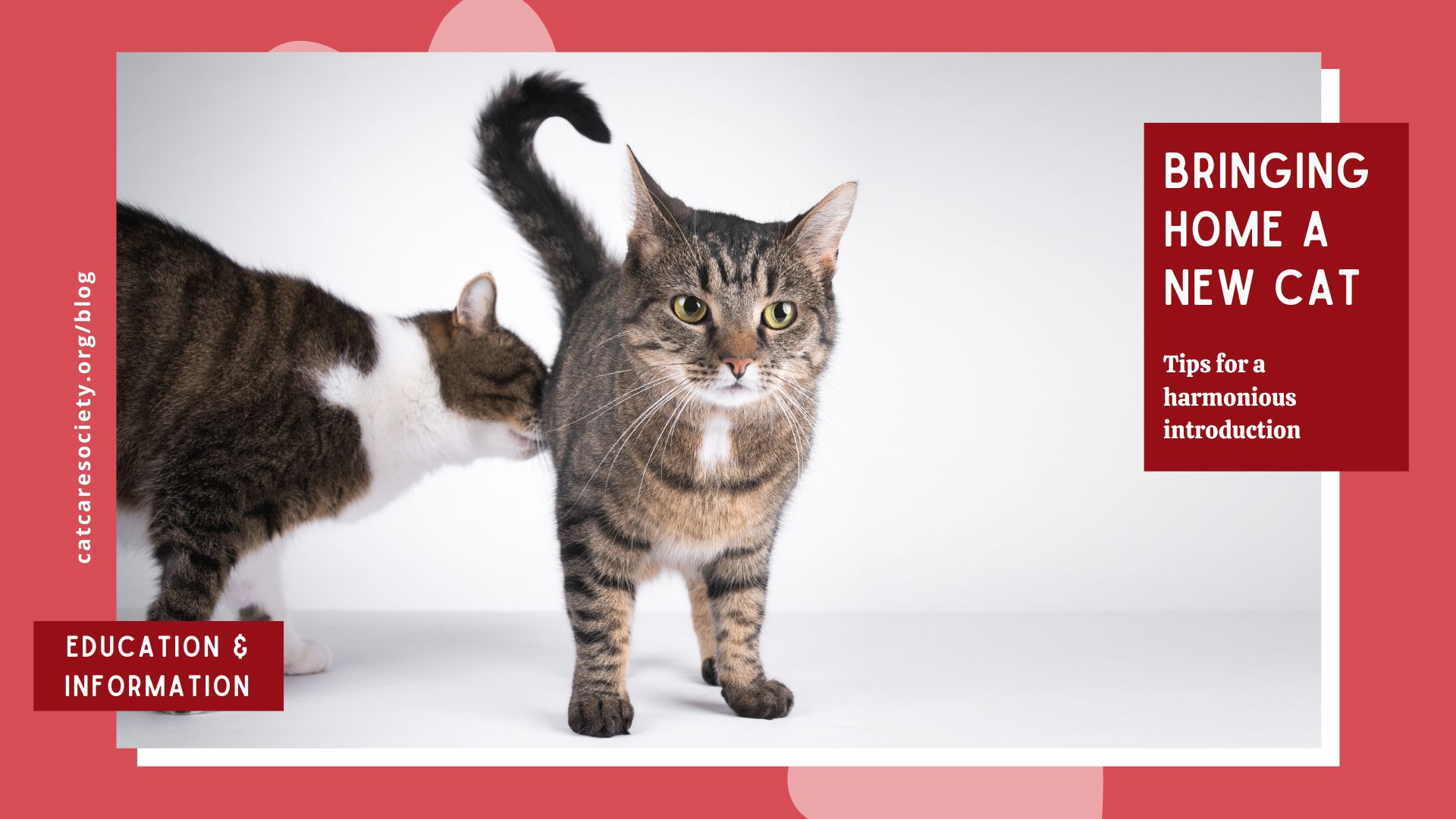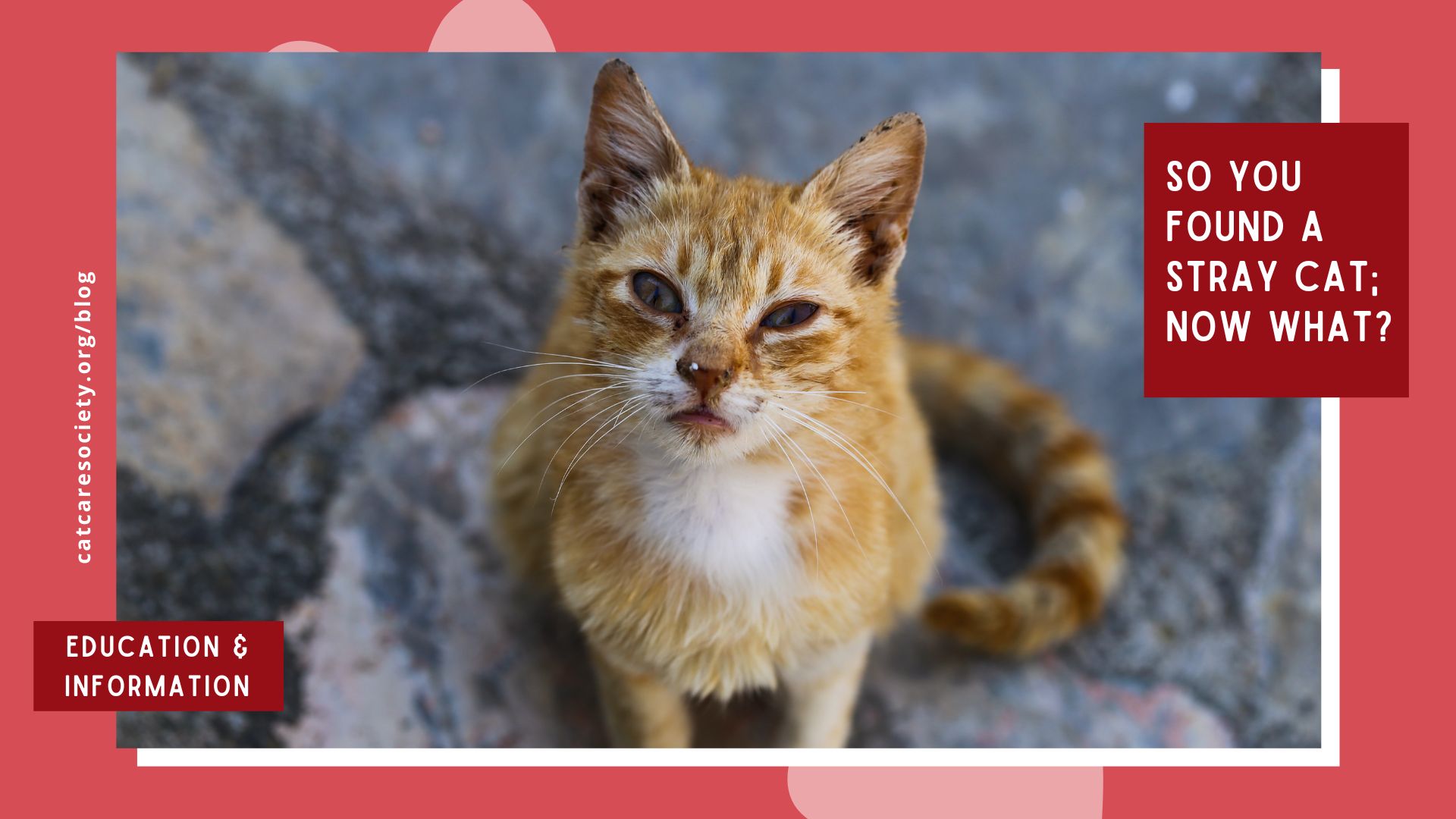So you’re thinking of adopting another cat into your family? That’s great! A multi-cat household can be fun and rewarding, but before bringing a new cat home, it’s important to assess your readiness and prepare for a gradual introduction process to ensure a smooth transition for both your existing cat and the newcomer. This will ensure both cats feel comfortable and your resident cat feels welcoming toward their new housemate.
Considerations Before Adopting a New Cat
Before taking the leap and bringing home a new cat, it’s important to make sure it’s the right time for yourself (and your family) and your current cat. Here are some good questions to ask yourself to make sure everyone is ready.
Do I have adequate space?
While cats themselves don’t take up much room, it’s recommended to have one litter box per cat, plus one. That means two litter boxes for one cat, three litter boxes for two cats, four for three cats, and so on. You’ll also need space for more accessories including beds, scratching posts and toys. Additionally, the cat will need a safe place to get away when they need some alone time as well as vertical territory where they can have higher vantage points.
Do I have the time to ensure a slow and respectful introduction?
Introducing a new cat to your resident cat requires patience and planning. It’s natural to want your cats to become instant friends, but it’s important to set realistic expectations and respect the cats’ feelings and timeline for feeling comfortable. A gradual transition is more likely to ensure their long-term well-being and happiness. Both cats will also benefit from extra individual attention during the process to provide positive reinforcement and maintain a positive bond.
Is my cat ready for another cat, and if so, what personality might be the best fit?
Typically, adult cats adapt more easily to a new kitten in the household compared to another adult cat because kittens are less territorial. That said, if your resident cat enjoys a life of leisure and prefers to catnap all day, they may have trouble with an energetic kitten and prefer another adult. Every cat is unique and will respond differently to a new cat being added to the home, which is why a transition plan is always essential.
Cats experiencing health issues may exhibit a different temperament and find it harder to adjust to a new living situation. Introducing a new cat represents a significant change that can elevate stress levels and pose additional challenges for both cats during the introduction process. It’s advisable to postpone adopting a new cat until the resident cat has fully recuperated for a smoother transition.
These questions aren’t meant to dissuade you from adopting a new cat—they’re meant to be a tool to help you become informed about what’s involved with bringing a new cat into your home so that everyone can be set up for success.
How to Introduce a New Cat to Other Household Cats

By planning ahead and taking things slowly, your chances of success when introducing cats are much greater. If you rush into things, you might inadvertently sabotage a relationship that could have otherwise worked out. Here are steps that can help you ensure a successful introduction.
Part One: Prepare Your Home
Before you adopt a new cat, some pre-adoption prep is essential. This will create a smooth transition for both your resident cat (and/or other household pets) and the newcomer.
- Create a private, comfortable space for the new cat away from the resident cat. Designate a quiet room specifically for the new cat. Equip it with all the comforts of home, including a cozy bed, a litter box with fresh litter, stimulating toys, a covered hiding spot (like a cardboard box with soft blankets or towels), and a scratching post or climbing structure.
- Make sure your resident cat also has blankets and towels available for laying on to impart its scent. Eventually, you’ll be swapping the cats’ bedding so they can get used to each other’s smell.
- Consider incorporating Feliway diffusers or spray into your cat introduction strategy as they can help alleviate stress symptoms and support a smoother transition for your pets.
Part Two: Introduce the Cats…Slowly
- Bring home your new cat: As soon as you bring your new cat home, take them directly to the room you prepared to help them feel safe and secure. Don’t let the two cats see each other yet.
- Nearby feeding: At mealtimes (or treat times if you free feed), place the food for both cats right in front of the door for both cats (with the door still closed!). If one of the cats refuses to eat, you can feed her elsewhere, but still place dishes on either side of the door. By having both cats experience something positive while they are nearby, they can learn to form positive associations with each other.
- Swap scents: After a few meals, swap the bedding from each cat’s room and place it next to or below the food bowls right outside of the doors. You can also rub a sock on the cheeks of the cat and then give the sock with the scent of one cat to the other cat. This will further allow each cat to get accustomed to each other’s scent in a positive way.
- Swap spaces: Once both cats are eating well and appear calm, then it’s time for the cats to trade places. Swap the cats so that the resident cat is in the new cat haven and the new cat gets some time to roam the house and get familiar with its new home. This helps both cats get more comfortable with the other cat’s scent in safe, controlled conditions. Swap the cats back again into their original spaces. You can repeat this step a few times if necessary.
- Allow visual access: If everything seems to be going well, and everyone is acting, eating and using the litter box normally, you’re doing great! The next step is to allow the cats to have visual access to each other. You can use a screen door, a secure pet gate or other method that will allow the cats to see each other without being able to physically touch. During this time, continue to feed each cat on both sides of the door and continue switching them back and forth.
- Supervise a meet and greet: Once visual contact has gone well, you can remove the barrier. You may set up your resident cat with a toy or activity they enjoy to put them in a positive mood and prevent immediate fights or defensiveness. Then, bring in the new cat and engage that cat with a separate activity. The cats may not engage with each other right away or become fast friends. There may be some hissing or swatting at first, which is normal. If there is a fight in which one of the cats is traumatized or injured (and you have followed all of the above steps), then the match may not work out. If the cats seem to tolerate, ignore, enjoy or interact with each other – you can claim it a success! Be sure to end the meeting on a good note, separating them again before any bad feelings arise. Review our Decoding Cat Body Language article to help understand how the cats are feeling during the meet and greet.
- Ease into unsupervised interactions: Conduct another meet and greet each following day using the same process, ideally extending the time the cats are together each time until it appears that everyone, including yourself, feels comfortable with both cats free-roaming the house unsupervised.
Note: You can also follow this process if you’re planning on introducing a cat and dog!
Want more cat content in your inbox?
Cute cat pics, advice and CCS events and updates await in our weekly(ish) Mewsletter.
Be on Alert, Be Adaptable
If a cat becomes stressed during any of the introduction steps, pause and consider revisiting a previous step until both cats appear comfortable. Recognizing and respecting each cat’s comfort level will help ensure the process continues on a successful track. A little hissing and swatting is to be expected and not usually something to worry about. Cats work out minor issues on their own! However, if the cats have more than a hissy fit where one gets injured or seems traumatized, you may need additional support. Check out our Cat Behavior resources, which includes places where you can get personalized assistance, local behavioral modification training, and feel free to reach out to us as well!
With planning, intentional interactions, and lots of love and patience, you can create a welcoming environment for your new cat and ensure a smooth transition for your whole family!
More Resources
If you’d like more general ideas for preparing your home and resident cat for a new cat, check out this video from Good Kitty Behavior and Training or the below video from Jackson Galaxy. For information on introducing a new cat to children in your home, check out our article 5 Essential Tips for Introducing Children and Cats.
About the Author: Beth Dokolasa is a volunteer for Cat Care Society and served on the organization’s junior board. She is an instructional developer for Natural Grocers and lives in Indian Hills, Colo., with her husband, young daughter, and two cats, Techno and Digit.




